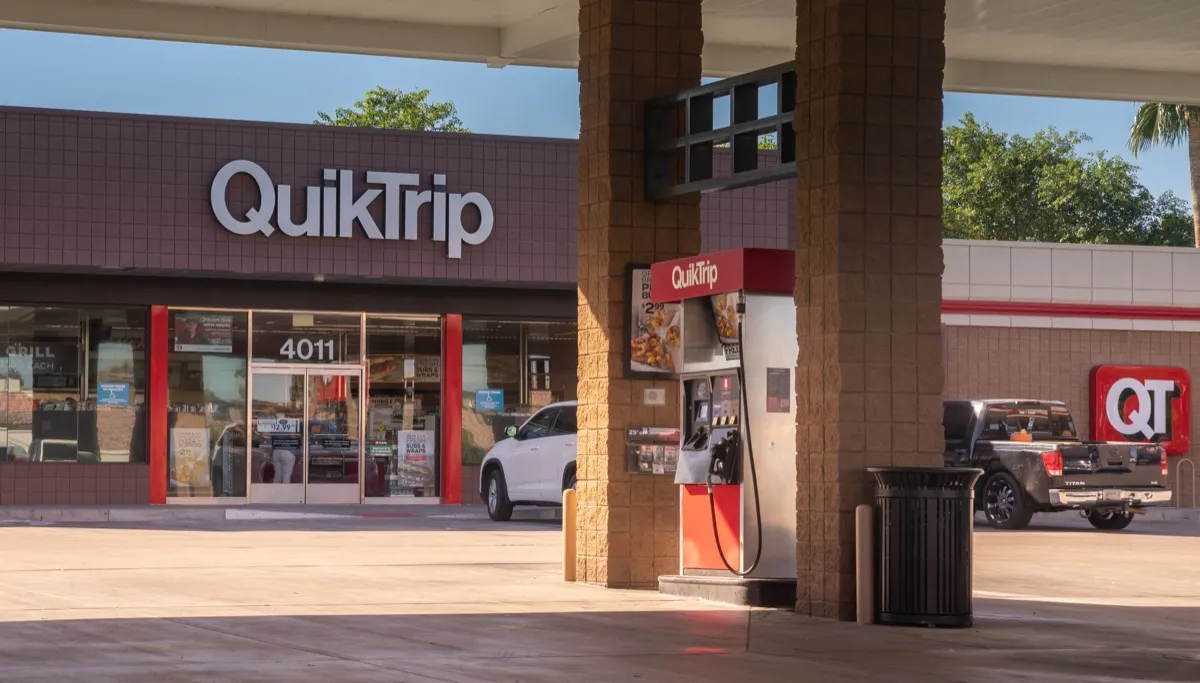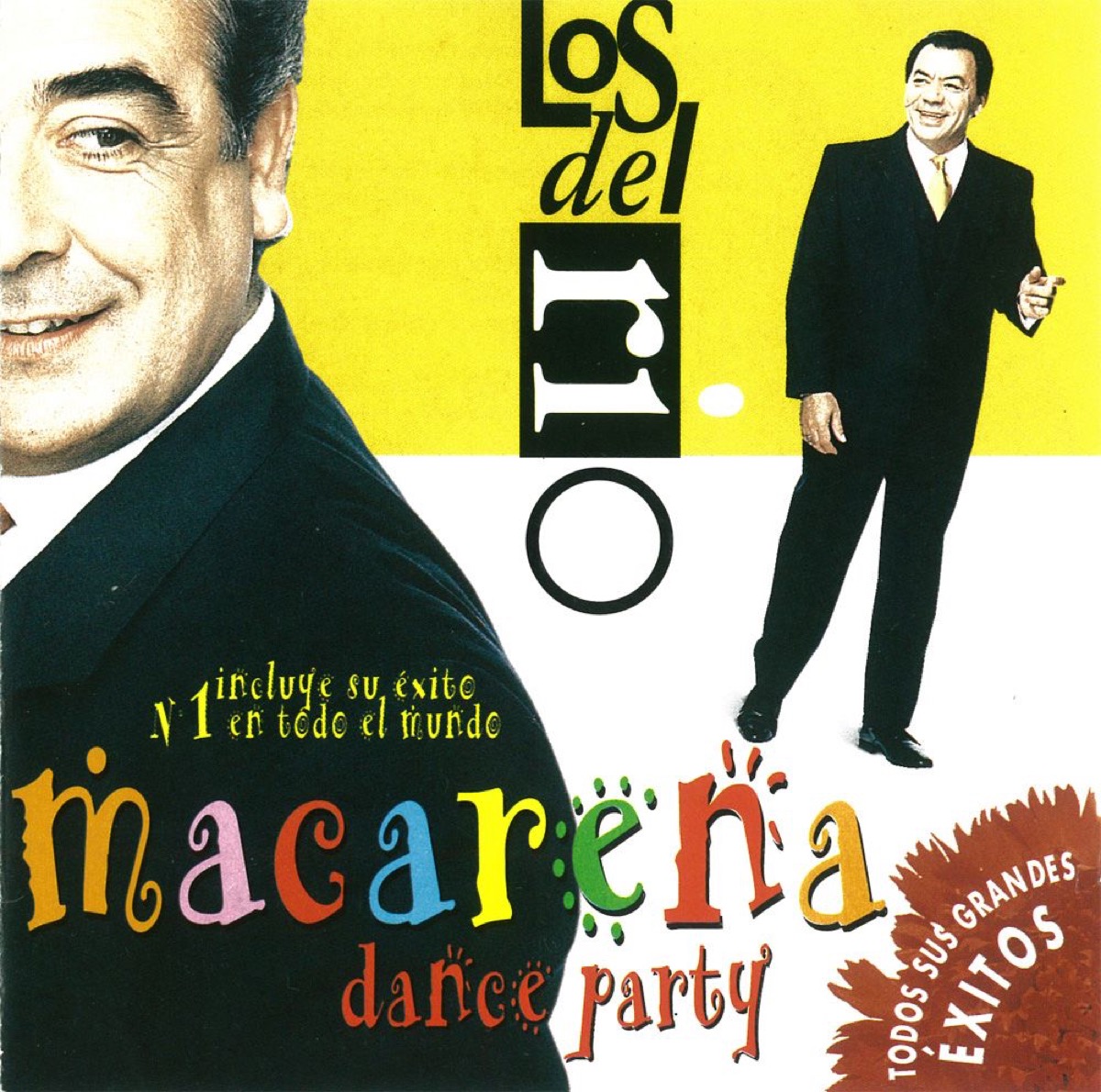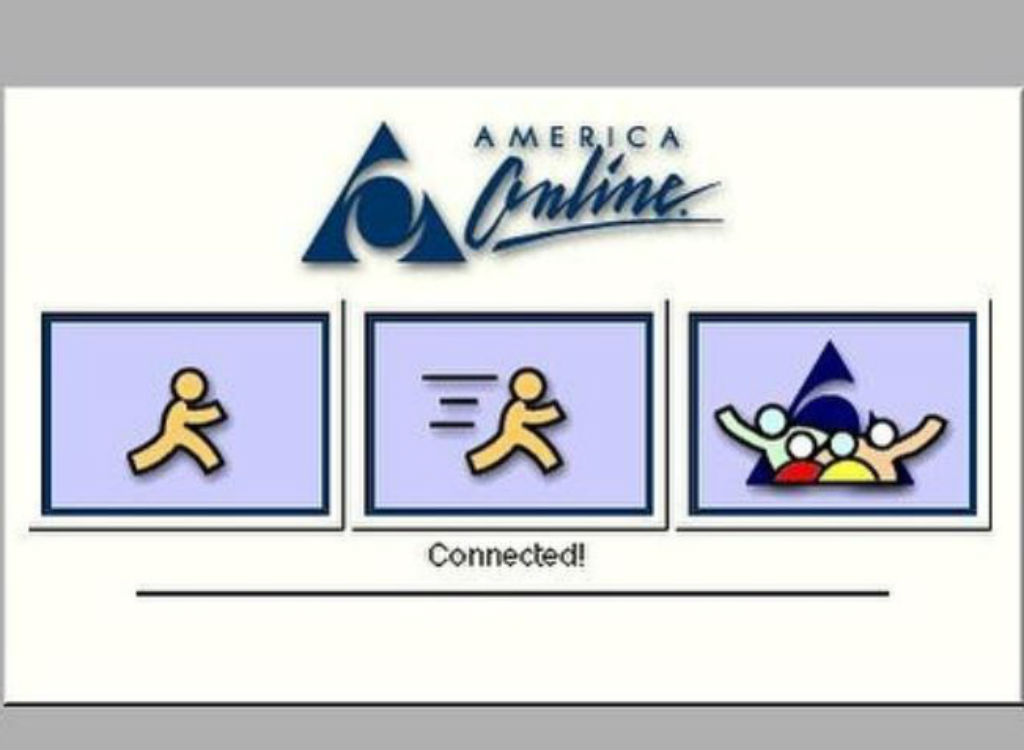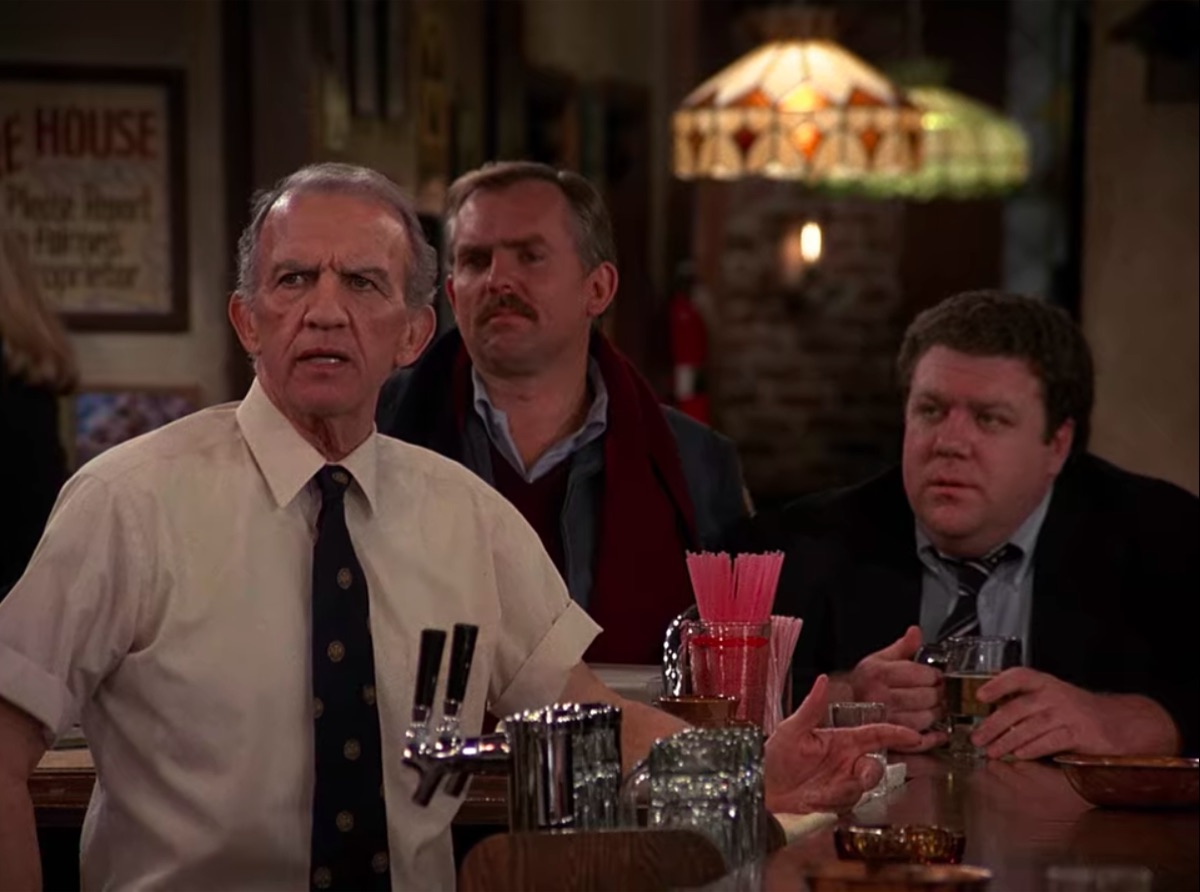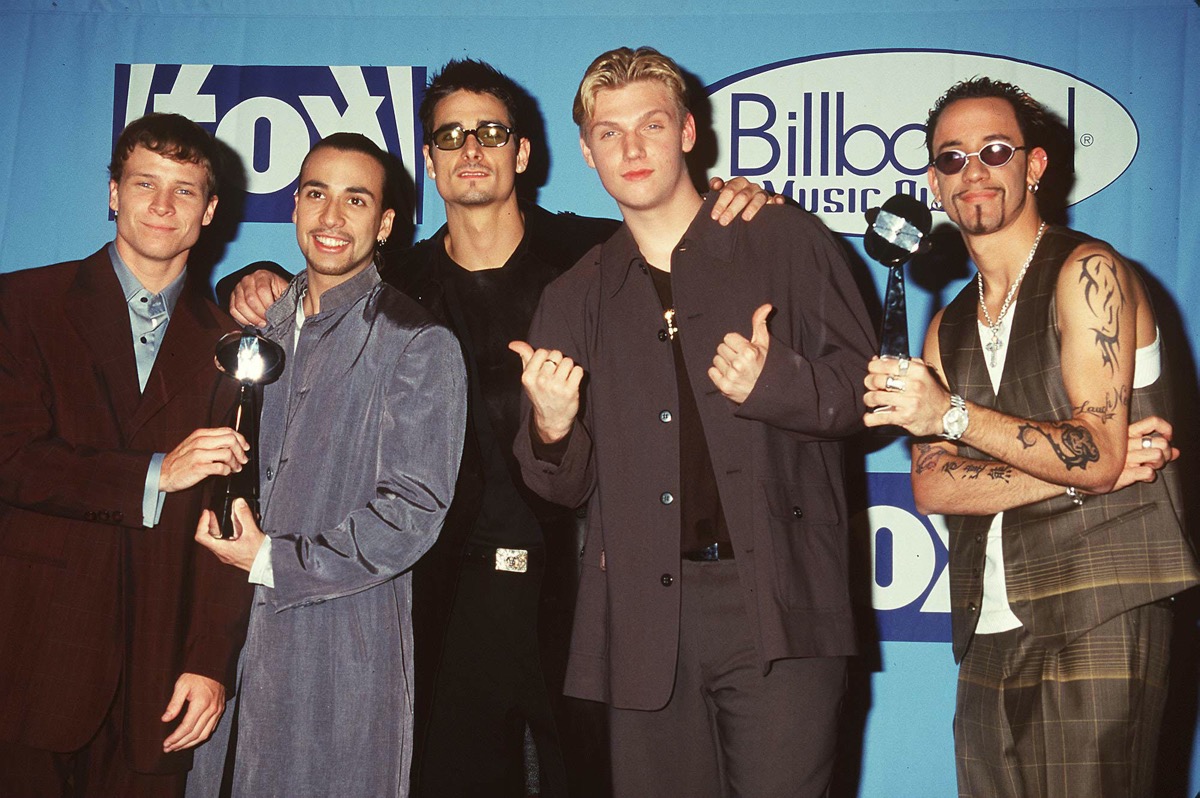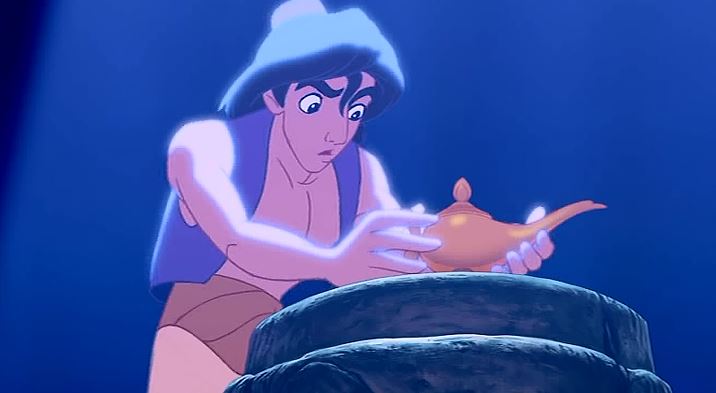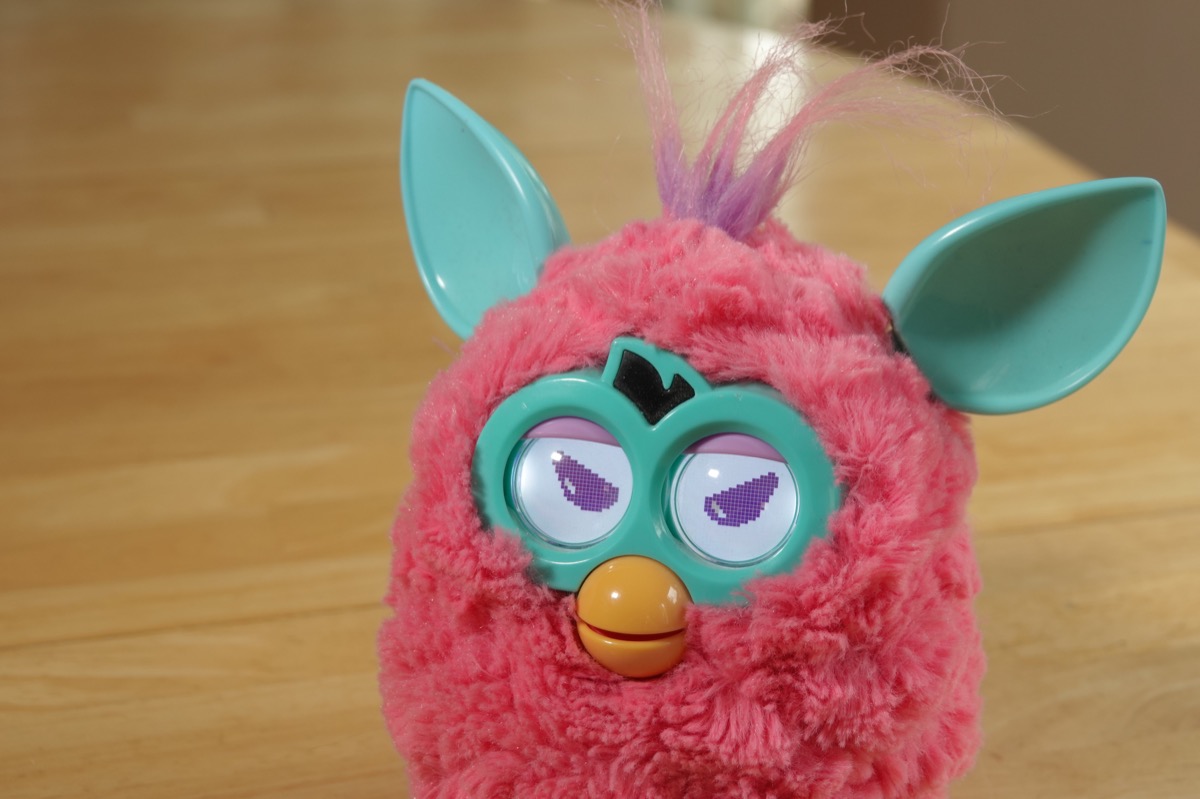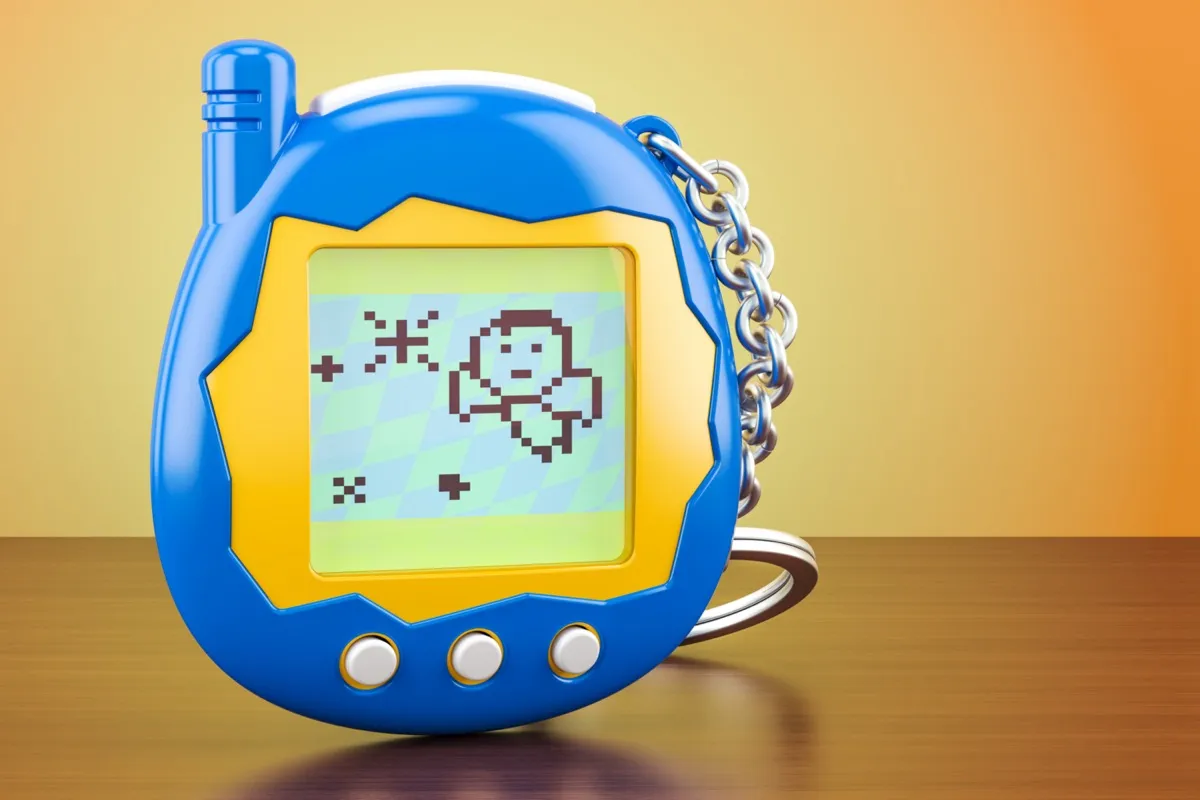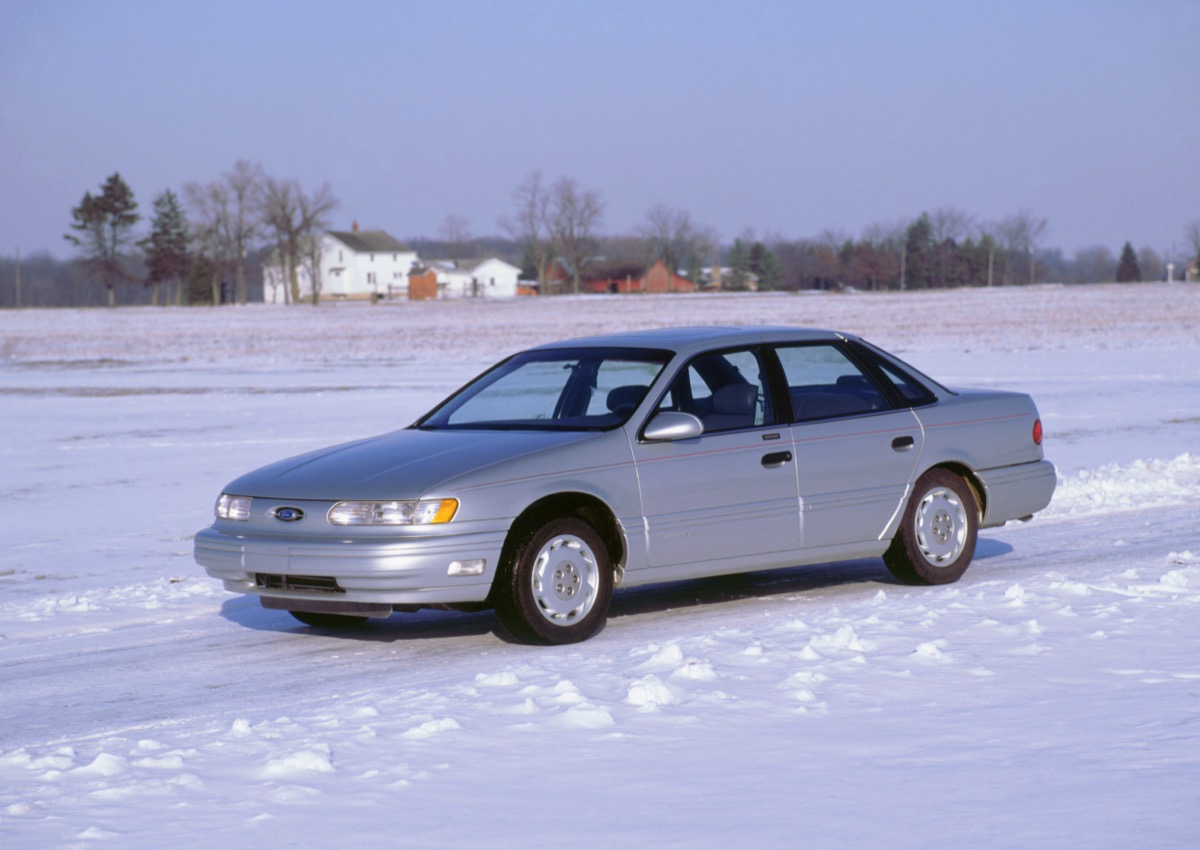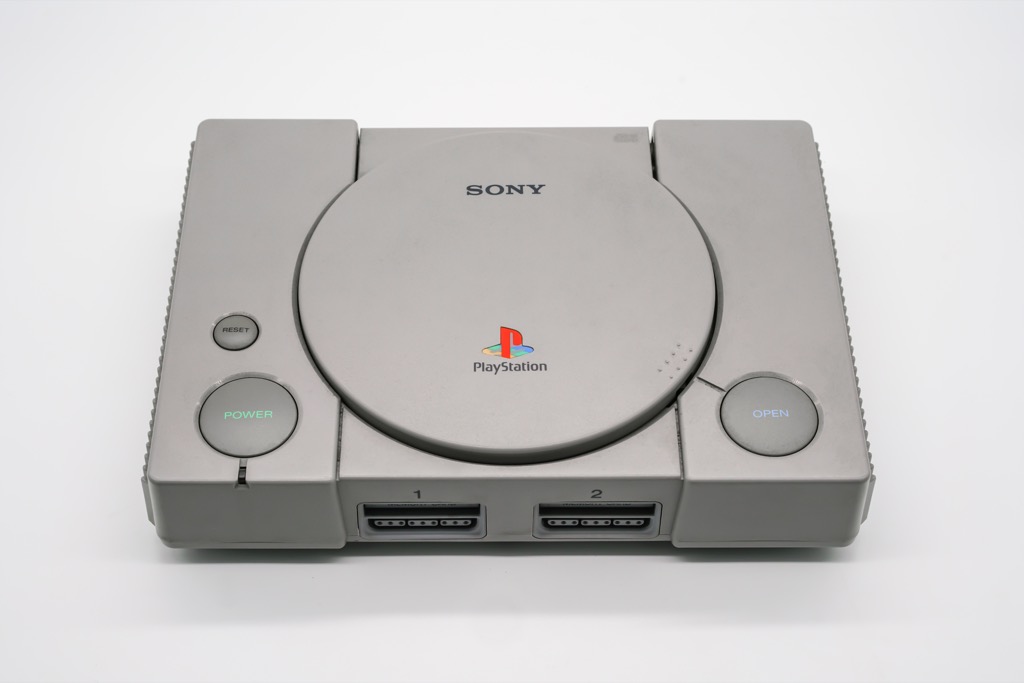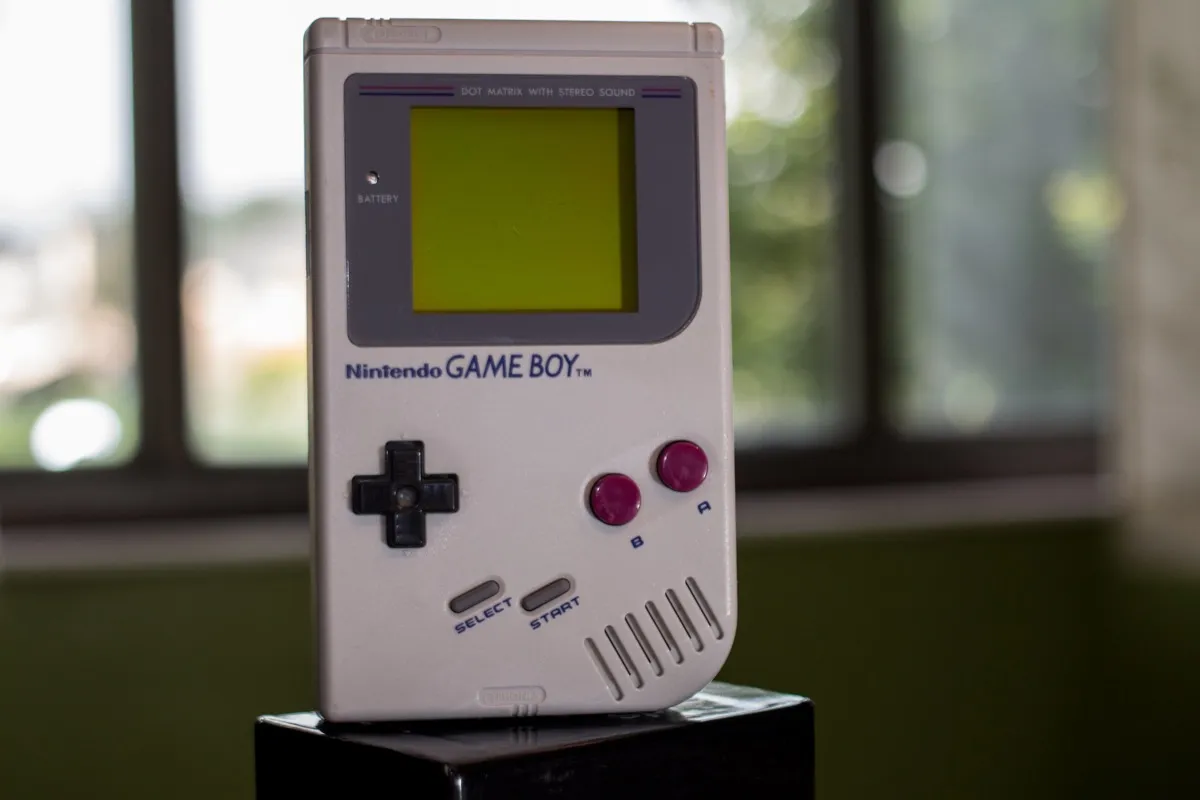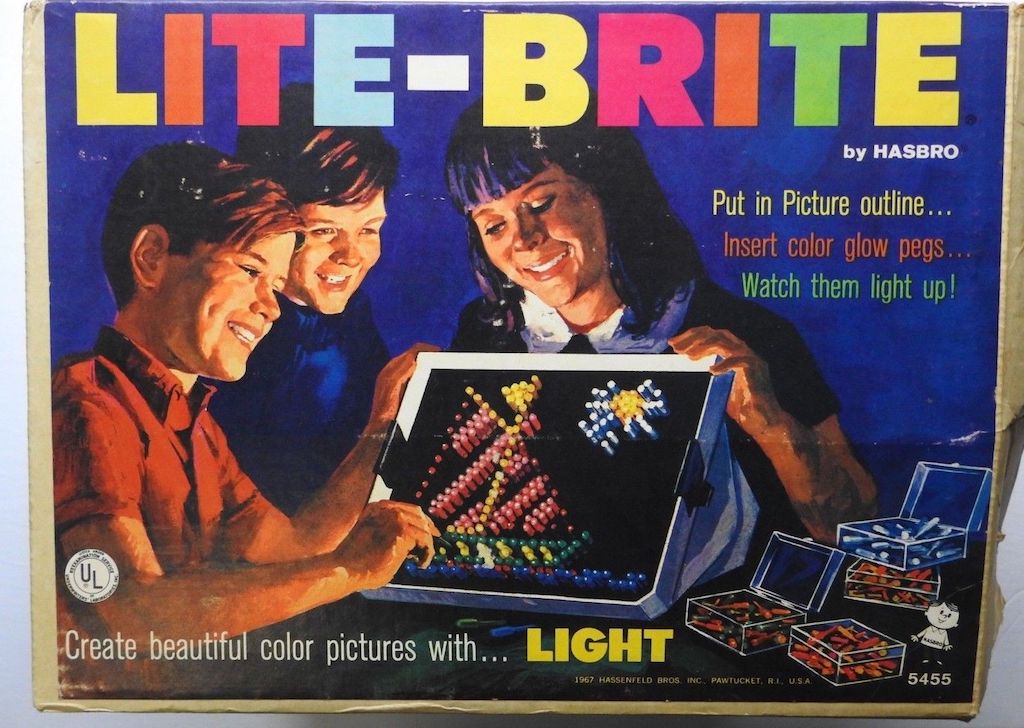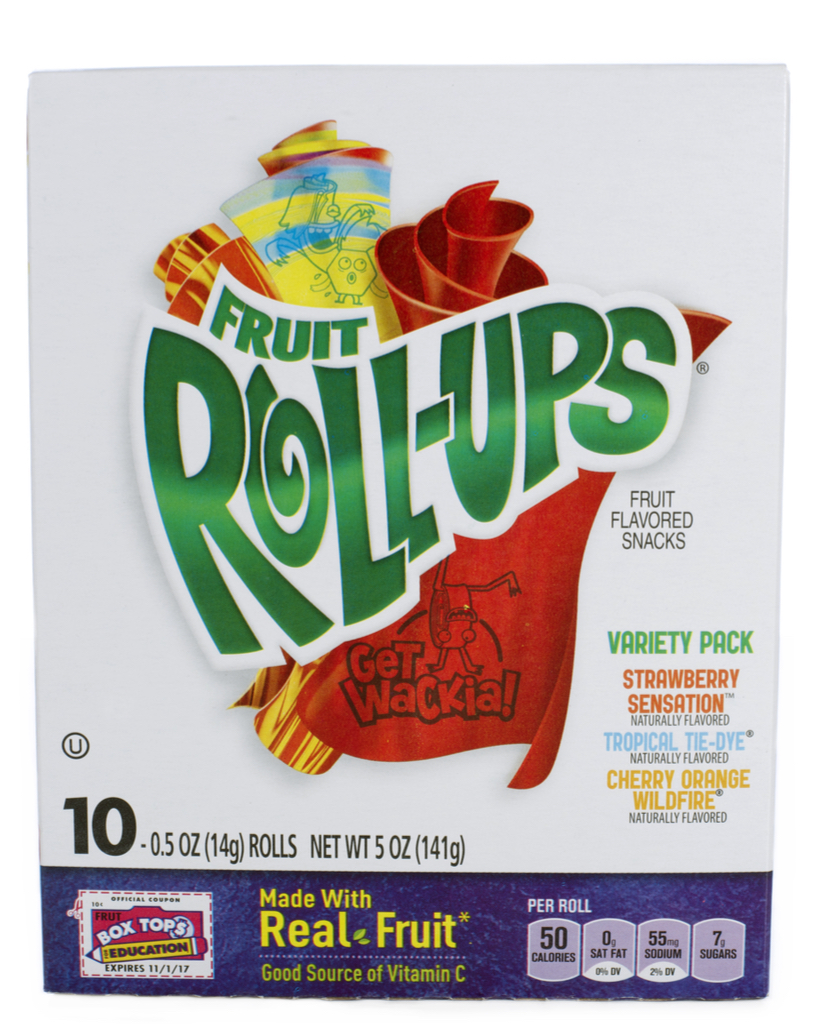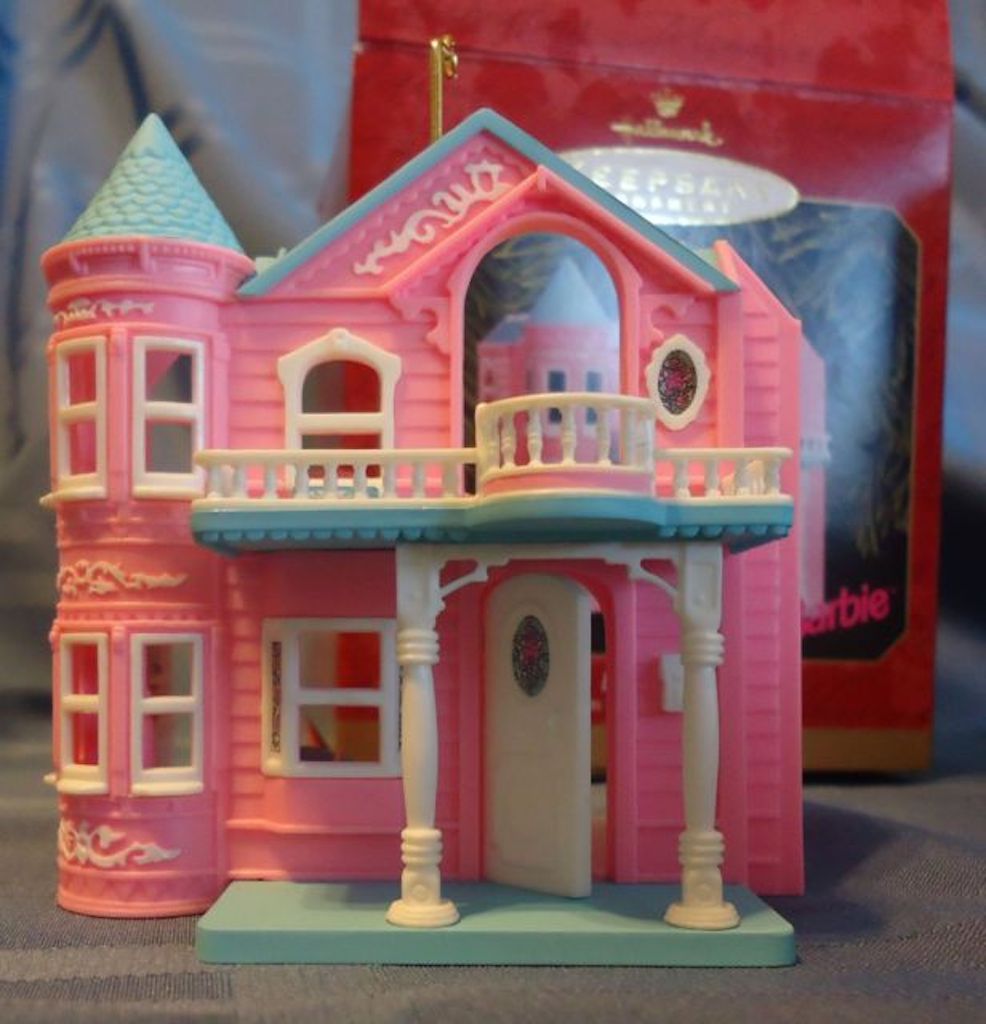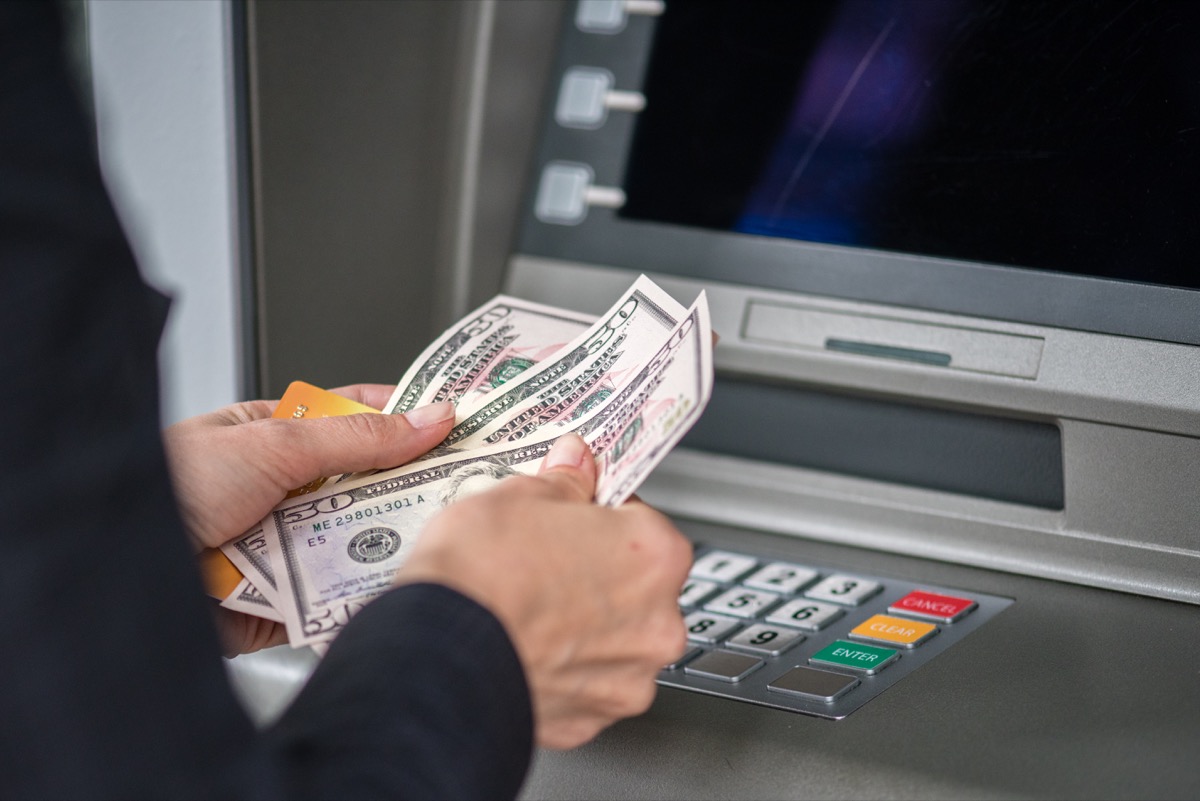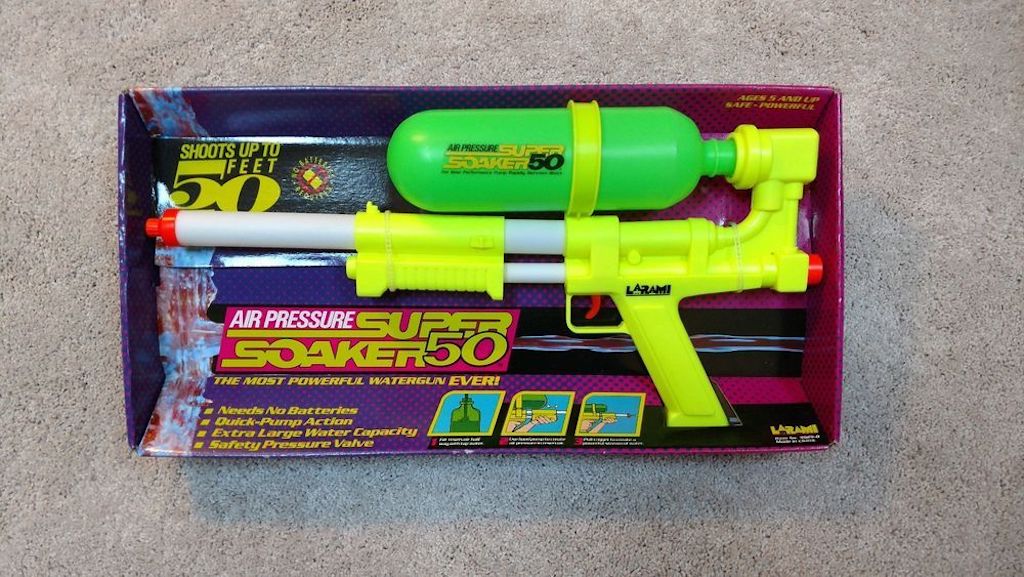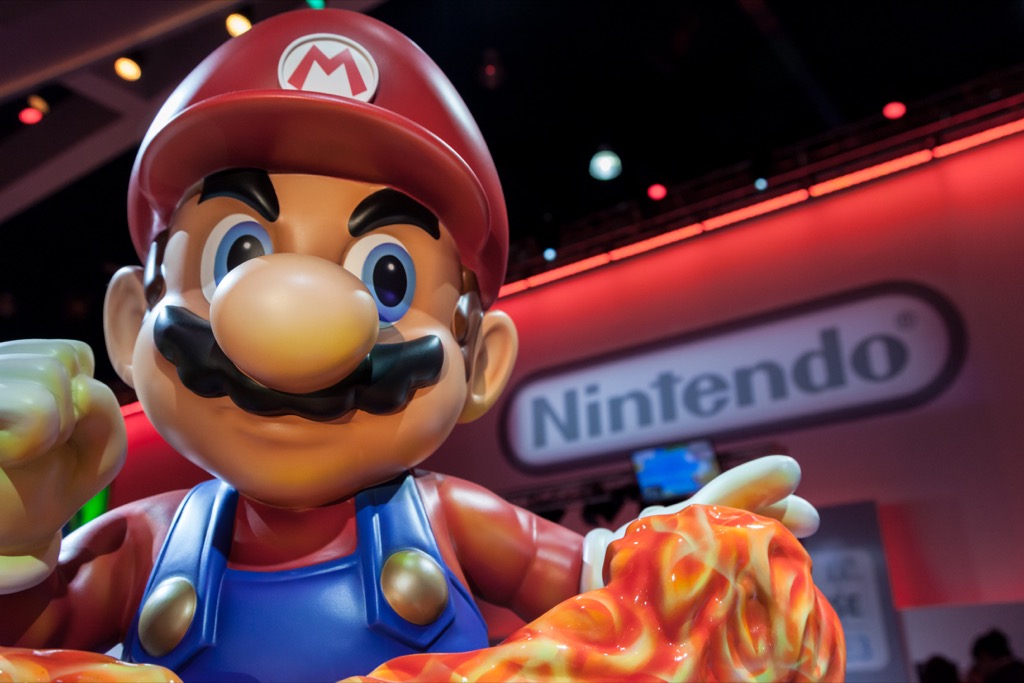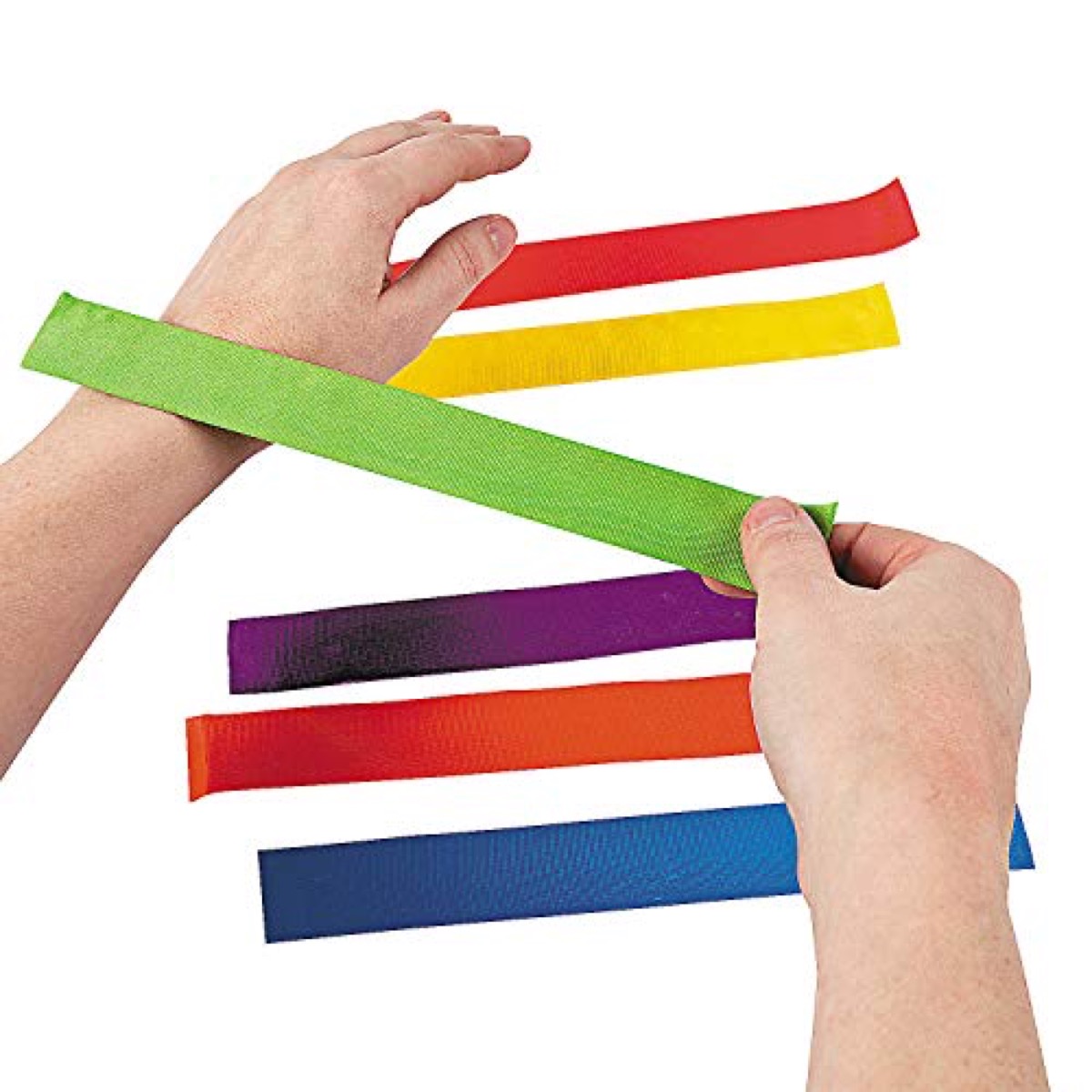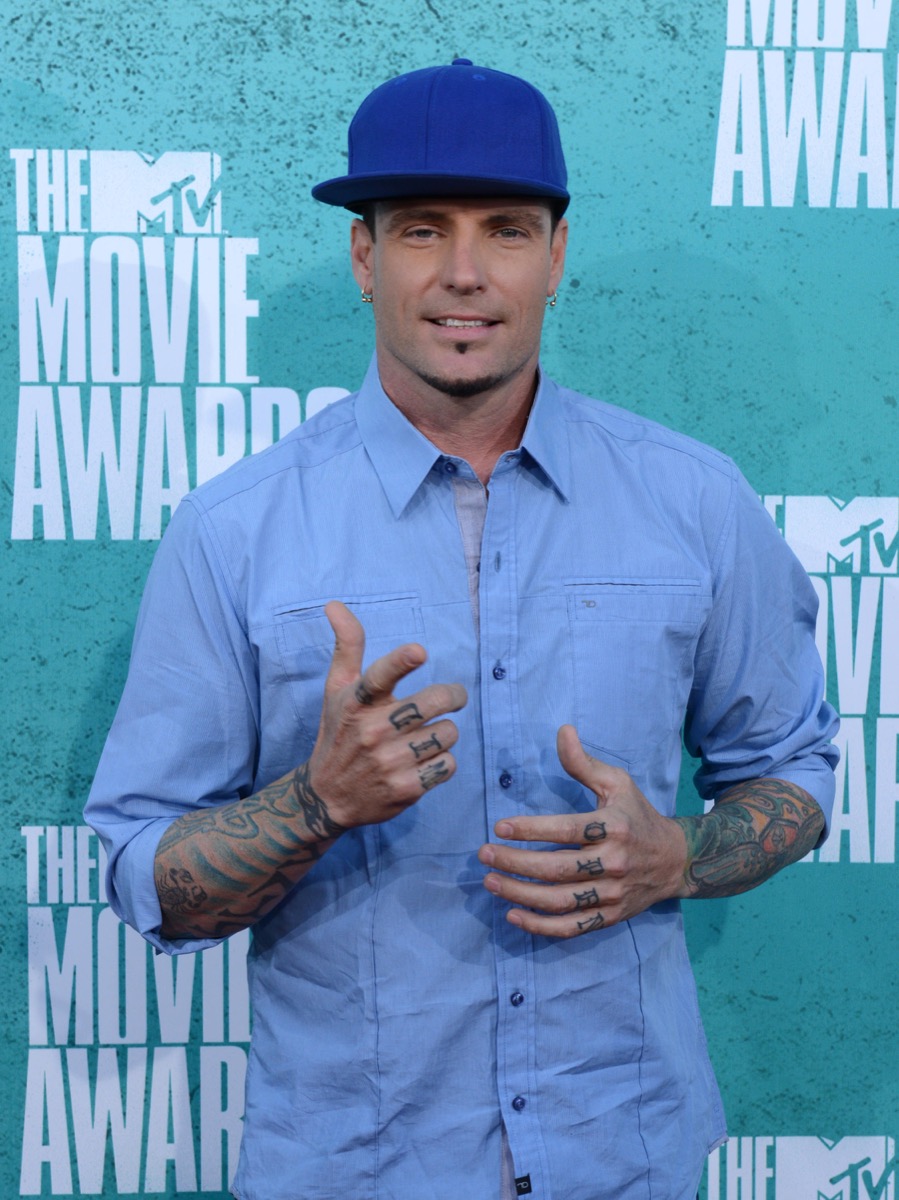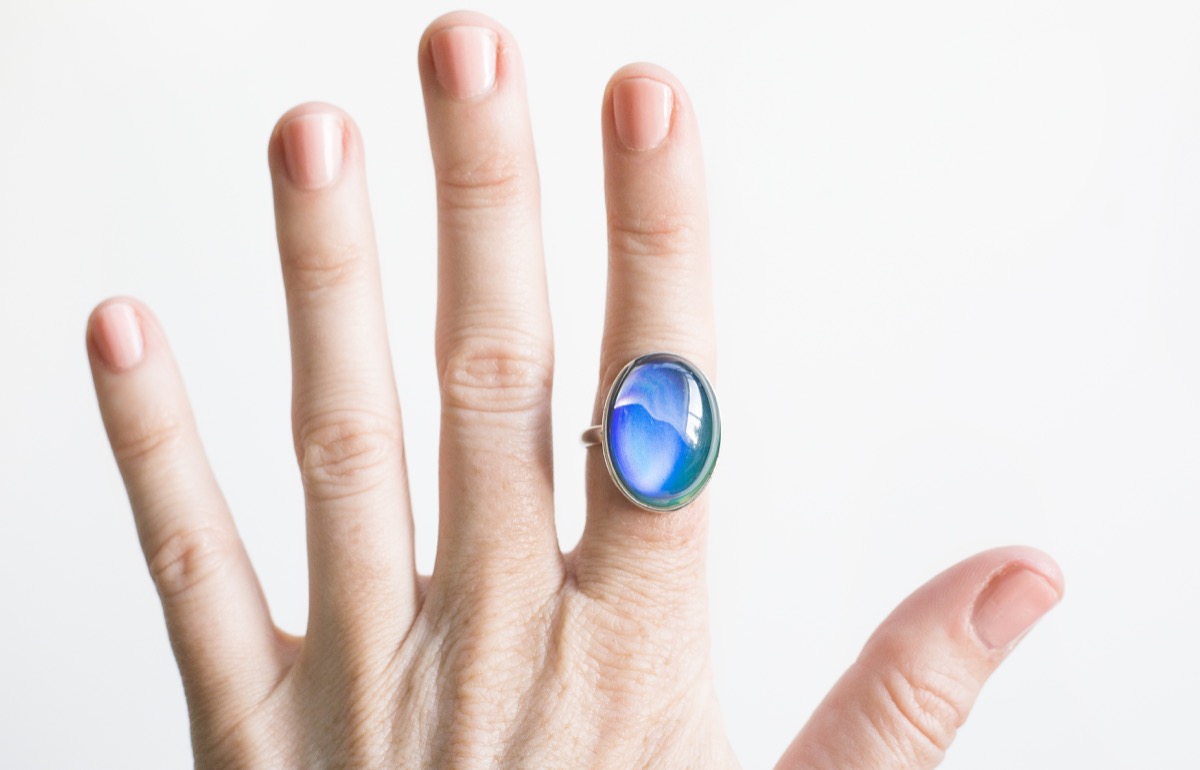Throughout the 1990s, gas prices remained around $1.30 a gallon—though it is important to consider that the overall cost of living was also cheaper than it is today: compared to the average consumer expenditures in 2016, $57,311, consumers in 1995 spent an average of $32,264. And for another trip down memory lane, check out these 25 Things Only Parents in the 1990s Will Remember. In 2002, VH1 dubbed “Macarena” the greatest one-hit wonder of all time—mostly because it’s impossible to escape the song, no matter where you are. During the height of its popularity in the ’90s (the song was released by Los del Río in 1993), the former U.S. Secretary of State, Colin Powell, busted a few of his own Macarena moves at a public event in the Hamptons. And for more top throwback songs, check out the 20 One-Hit Wonders Every ’80s Kid Remembers. In 1995, more than a third of the American population tuned in to catch the verdict in the incredibly dramatic court case involving former NFL running back O.J. Simpson, and the turn of events that led to the deaths of his ex-girlfriend, Nicole Brown, and her friend, Ron Goldman. In the end (spoiler!), Simpson was acquitted of the murder charges against him, despite widespread doubt. And for more 1990s pop culture trivia, we’re Ranking Every ’90s Teen Movie, From Worst Reviewed to Best. Before the days of lightning-speed Internet, users had to endure the painful process of connecting to the Internet through dial-up, a process that seemed to take forever. Just ask Meg Ryan and Tom Hanks in You’ve Got Mail. (“F… O… X…”) At the height of their popularity in 1994, pagers—now considered an entirely obsolete piece of technology—were used by 61 million people. Today, the only people you’ll see using this vintage device are those working in the medical field. Throughout the course of this sitcom’s 11-season run, it won 48 Emmys and was nominated a record 117 times. When the popular show finally came to an end in 1993, 93 million tuned in to send off their favorite characters—a record-breaking number that would cement its place as the most popular television episode in the 1990s. In the late ’90s and early ’00s, the Backstreet Boys dominated the charts, ending the decade strong with their incredibly popular “Millennium” album, playing on nearly radio station in the country and outselling every other record that year with sales that topped 9,446,000. Before the days of streaming—and before even DVDs—viewers viewed their favorite films on clunky VHS tapes. (Who recalls the perils of rewinding?) During the VHS tapes’ final days of popularity, Aladdin, undoubtedly one of the most popular films of the decade, sold a staggering $1,058,376,296 worth of VHS tapes. In 1999, when more than two million children in America owned at least one of these talking toys, the NSA declared the Furby an international threat and actually banned people from carrying them. According to CBS News, they were trying to prevent the Chinese government from installing secret listening devices into the Furbys that they were manufacturing at the time. This handheld digital pet was seen everywhere in the latter part of the decade. Caring for digital pets eventually became so fashionable (and, well, sort of practical, at least in a training-for-a-real-pet purpose), that more than 76 million Tamagotchis were sold around the world during the ’90s. The four-door Ford Taurus was the best-selling car in the ’90s—and chances are that you, or at least someone you knew, owned one of these dependable and affordable cars. Throughout most of the decade, there were approximately 35,000 sales of the car per year, with it eventually losing steam in 2005, according to Cheat Sheet. The first at-home gaming console created by PlayStation, the Sony PlayStation (or PS1) was released in 1995 and quickly became an international obsession, selling more 70 million units by January 2000—then the PlayStation 2 went live to kick off the new decade, and continued the trend, ultimately selling a mind-boggling 155 million units over its lifetime. The first handheld console in the Nintendo series, the Game Boy made all of our nerdy fun more portable than ever. Despite contending with a number of competitors since its 1989 release, the Nintendo Game Boy outsold them all by a long-shot, selling a million units just within two weeks of its release in the United States. Now widely considered a work of classic literature, The Alchemist by Brazilian author Paulo Coelho was nearly a flop when it was first distributed in 1988. However, upon being translated into English and published again in the United States in 1993, it became an instant success, appearing on the New York Times best-seller list for more than 300 weeks. In fact, by 2002, it was the best-selling book in the history of the Portuguese language. Remember this thing? Though it wasn’t on the market until 1999, the Nokia 3210 like served as a first cell-phone for many a millennial. Just within the first few years of sales (until a better version came along), the Nokia 3210 sold more 150 million units—an impressive feat for a new form of technology. Though it might seem strange to those who didn’t grow up in the 1990s, playing with bright lights on a screen for hours was one of the best forms of entertainment around. Though the toy had been popular since its creation in the 1960s, it peaked in the 1990s (specifically 1991, according to a poll conducted by Sunglass Warehouse) when more fun versions (like Mr. Potato Head and My Little Pony) of it became available. First debuting on grocery store shelves in 1983, Fruit Roll-Ups were one of the most desired treats in the 1990s, by kids and adults alike. During that time, the sweet-and-sour treats also featured temporary tattoos for the tongue—a trend that was incredibly popular for a short time. According to the poll conducted by Sunglass Warehouse, the Fruit Roll-Up was the most popular snack in 1995, though sales eventually waned due to a 2011 lawsuit over the misleading marketing on the boxes of the product, claiming that they contained fruit and thus were healthy. (They’re not.) Since Barbie first debuted in America in 1959, kids all across the country have lived out their dreams through the doll, whether she’s dressing her to the nines or outfitting her decadent home—which is known as the Dream Home. Not only could girls in the ’90s get Barbie her very own house, but they could purchase home furnishings to complement her new digs. Contributors to the Sunglass Warehouse poll voted this toy as the most popular in 1999. Throughout most of the decade, the minimum wage for jobs without the option of tips was $4.25—though it’s important to remember, again, that the overall cost of living was much lower. For example, the average family income in 1995 was $40,611, while in 2016, it was $72,707; the national minimum wage is currently set at $7.25. Founded in Seattle in 1971, Starbucks, while not surpassing fast-food giant McDonald’s in total sales, managed to successfully popularize and expand their chain by 4,000 percent by adding 3,501 stores. This expansion paled in comparison to McDonald’s, who “only” enjoyed a 300 percent growth, according to Business Insider. During the holiday season in 1992, the Super Soaker became the most popular toy, selling more than two million units in just one year. Armed with the ability to shoot water up to 50 feet, kids across America fell in love with this toy (though probably had to wait a few months to actually take it out of the box, until the ground thawed and air warmed up). DOOM, released in 1993, beat out Windows 95 to become the most installed piece of software on computers in 1995. Considered one of the most influential video games ever created, DOOM is essentially the primordial fluid of so-called first-person shooters (three-dimensional games wherein the character looks down the barrel of a gun from a first-person view, like Call of Duty and Halo).ae0fcc31ae342fd3a1346ebb1f342fcb According to a national survey conducted in the 1990s, children readily identified Mario, Nintendo’s leading man, while most struggled to point out Mickey Mouse. But before you groan at these children of the ’90s, remember that Mario was depicted almost everywhere during that time—from cereal boxes to cartoon series. Perhaps one of the most identifiable clothing fads of the 1990s, the slap bracelet was created by high school shop teacher Stuart Anders, consisting of layered, flexible stainless steel spring bands sealed inside of the fabric. During the height of their popularity, they brought in around $8 million a day, making Anders an incredibly wealthy man. Tetris holds the distinct honor of being the first game to be played in space, all thanks to Russian astronaut Aleksandr A. Serebrov, who brought his Game Boy aboard a 1993 mission to the Mir space station. Serebrov was only allowed to bring one game, and he chose the legendary puzzler. That’s right—perhaps one of the most popular songs of the decade was actually as a B-side on rapper Vanilla Ice’s cover of “Play That Funky Music,” which wasn’t well-received by critics at the time of its release in 1989. The rapper didn’t receive international acclaim until a disc jockey in Florida accidentally played the song instead of “Play That Funky Music,” and it was well-regarded by listeners. The ThighMaster was one of the biggest exercise fads in the ’90s—so big that even then-president George H.W. Bush made a joke about it. The mood ring, with its supposed ability to guess your mood by changing color, was perhaps an even bigger phenomenon—appearing in popular culture and every shopping mall. As it turns out, the inventor of both of these items is Josh Reynolds, who first advertised mood rings as “portable biofeedback aids” and was able to become a millionaire off the inventions of two incredibly popular fads. And for more popular items, check out the 33 Weird Old Fads Kids Born After 2000 Will Never Understand.
